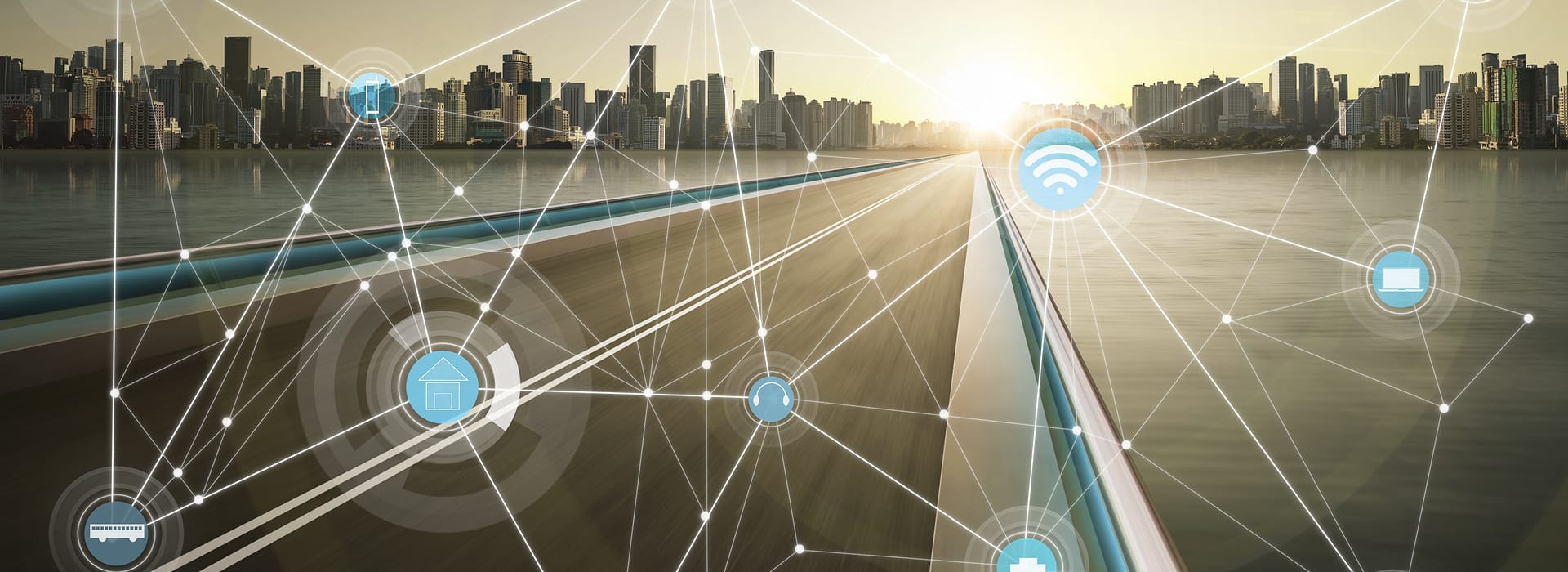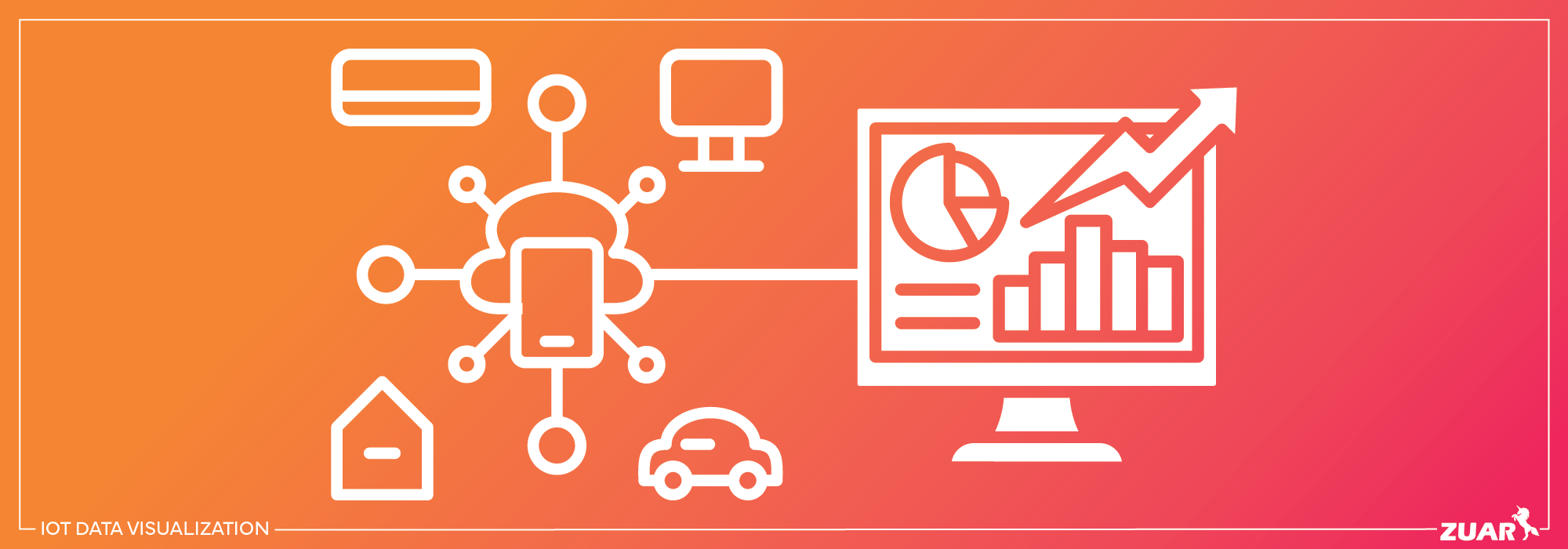Have you ever wondered how connected devices around us generate tons of data daily? Well, that’s where IoT data visualization steps in. It’s like the magic wand that turns all those raw numbers into something meaningful and actionable. Imagine a world where you can see patterns, trends, and insights from your smart home devices, wearables, or industrial sensors in real-time. IoT data visualization makes this possible, giving you the power to understand and act on the data that matters most.
In today’s tech-driven era, IoT (Internet of Things) is everywhere. From smart thermostats to autonomous vehicles, IoT devices are generating massive amounts of data every second. But here’s the catch—just having data isn’t enough. You need to make sense of it, and that’s where IoT data visualization comes into play. It’s like a translator that converts complex data into easy-to-understand visuals, charts, and graphs.
Whether you’re a business owner trying to optimize operations or a tech enthusiast curious about how IoT works, understanding IoT data visualization can open doors to new opportunities. So, buckle up because we’re about to dive deep into the world of IoT data visualization, uncovering its importance, tools, and best practices.
- Dafne Keen Exploring Claims Reality Google News
- Daniela Ruah Height Weight Bra Size Body Measurements
Here’s a quick roadmap to guide you through this article:
- What is IoT Data Visualization?
- Why IoT Data Visualization Matters
- Types of IoT Data Visualization
- Top Tools for IoT Data Visualization
- Best Practices for Effective IoT Data Visualization
- Real-World Applications of IoT Data Visualization
- Challenges in IoT Data Visualization
- The Future of IoT Data Visualization
- Data Privacy and Security in IoT Data Visualization
- Wrapping It Up
What is IoT Data Visualization?
IoT data visualization is the process of transforming raw data generated by IoT devices into visual formats like charts, graphs, and dashboards. It’s all about making complex data understandable and actionable for humans. Think of it as the bridge between machines and people, enabling us to interpret data quickly and make informed decisions.
For instance, imagine a factory equipped with IoT sensors monitoring machinery performance. Instead of sifting through endless streams of numbers, IoT data visualization presents this information in a dashboard showing real-time trends, anomalies, and predictive insights. This not only saves time but also enhances decision-making capabilities.
- Luxmovieslive Legit Or Scam Streaming Reviews Find Out Now
- Malinda Williams Marriage Divorce More Latest News
Why Visualization is Crucial for IoT
Data visualization plays a pivotal role in IoT because the volume of data generated by connected devices is overwhelming. Without visualization, it’s nearly impossible to extract meaningful insights. Visualization tools help identify patterns, detect anomalies, and forecast future trends, empowering businesses to operate more efficiently.
Why IoT Data Visualization Matters
The importance of IoT data visualization cannot be overstated. In a world where data is the new oil, visualizing IoT data is like refining that oil into usable fuel. Businesses and individuals alike benefit from the ability to see their data in a clear, concise manner.
Here’s why IoT data visualization matters:
- Improved Decision-Making: Visuals make it easier to spot trends and outliers, leading to better decision-making.
- Real-Time Insights: With IoT devices generating data in real-time, visualization tools allow users to monitor and respond instantly.
- Cost Savings: By identifying inefficiencies and predicting failures, businesses can save money on maintenance and operations.
- Enhanced User Experience: Visual dashboards provide an intuitive way for users to interact with data, improving overall experience.
Types of IoT Data Visualization
There’s no one-size-fits-all approach to IoT data visualization. Different types of data require different visualization techniques. Here are some common types:
1. Line Charts
Line charts are perfect for showing trends over time. For example, you could use a line chart to visualize temperature changes in a smart home over a week.
2. Bar Graphs
Bar graphs are great for comparing different categories. Imagine using a bar graph to compare energy consumption across multiple departments in a company.
3. Heatmaps
Heatmaps are ideal for displaying density or intensity. A heatmap could show areas of high foot traffic in a retail store based on IoT sensors.
4. Scatter Plots
Scatter plots help identify relationships between variables. For instance, a scatter plot could reveal the correlation between machine speed and product quality.
Top Tools for IoT Data Visualization
There are numerous tools available for IoT data visualization, each with its own strengths. Here are some of the top ones:
- Tableau: A powerful tool for creating interactive dashboards and visualizations.
- Power BI: Microsoft’s solution for business analytics, offering robust visualization capabilities.
- Google Data Studio: A free tool that integrates with various data sources to create customizable reports.
- Kibana: Often paired with Elasticsearch, Kibana is excellent for visualizing large datasets.
- D3.js: A JavaScript library for creating custom, interactive visualizations.
Best Practices for Effective IoT Data Visualization
To ensure your IoT data visualization efforts are successful, follow these best practices:
- Know Your Audience: Tailor your visualizations to the needs and understanding level of your audience.
- Keep It Simple: Avoid cluttering your visuals with too much information. Focus on key insights.
- Use Consistent Colors and Styles: Consistency makes it easier for users to interpret data.
- Highlight Key Metrics: Draw attention to the most important data points using bold colors or larger fonts.
- Enable Interactivity: Interactive dashboards allow users to explore data in more detail.
Real-World Applications of IoT Data Visualization
IoT data visualization isn’t just theoretical—it’s being used in real-world scenarios across various industries. Here are some examples:
1. Smart Cities
IoT sensors in smart cities collect data on traffic patterns, air quality, and energy usage. Visualization tools help city planners make data-driven decisions to improve infrastructure and quality of life.
2. Healthcare
In healthcare, IoT devices like wearables generate health data that can be visualized to track patient progress and identify potential issues early.
3. Manufacturing
Manufacturing plants use IoT data visualization to monitor equipment performance, optimize production lines, and reduce downtime.
4. Agriculture
Farmers leverage IoT sensors to monitor soil moisture, weather conditions, and crop health. Visualization tools help them make informed decisions about irrigation and fertilization.
Challenges in IoT Data Visualization
While IoT data visualization offers immense benefits, it’s not without challenges. Here are some common hurdles:
- Data Overload: With so much data being generated, it’s easy to get overwhelmed.
- Integration Issues: Combining data from multiple sources can be complex.
- Security Concerns: Ensuring the security of sensitive data is a top priority.
- Cost: High-quality visualization tools can be expensive, especially for small businesses.
The Future of IoT Data Visualization
The future of IoT data visualization looks bright. Advancements in AI and machine learning are enabling more intelligent and automated visualizations. Augmented reality (AR) and virtual reality (VR) are also emerging as exciting possibilities for immersive data experiences.
As IoT continues to expand, the demand for effective data visualization will only grow. Businesses that embrace these technologies will have a competitive edge in the market.
Data Privacy and Security in IoT Data Visualization
Data privacy and security are critical considerations in IoT data visualization. With so much personal and sensitive data being collected, it’s essential to implement robust security measures. Encryption, secure data storage, and user authentication are just a few ways to protect data.
Regulations like GDPR and CCPA also play a significant role in ensuring data privacy. Organizations must comply with these regulations to avoid legal consequences.
Wrapping It Up
IoT data visualization is a game-changer in the world of technology. It transforms raw data into actionable insights, empowering businesses and individuals to make informed decisions. From smart cities to healthcare, the applications of IoT data visualization are vast and varied.
To make the most of IoT data visualization, remember to:
- Choose the right tools for your needs.
- Follow best practices for effective visualization.
- Address challenges like data overload and security concerns.
As we look to the future, IoT data visualization will continue to evolve, driven by advancements in AI, AR, and VR. So, whether you’re a business owner, a tech enthusiast, or just curious about IoT, understanding data visualization is key to unlocking its full potential.
Now, it’s your turn! Share your thoughts in the comments below or check out our other articles for more insights on IoT and data visualization. Stay tuned for more updates as we explore the ever-changing world of technology together!



Detail Author:
- Name : Edgar Boyer
- Username : rahul.cole
- Email : garth30@dietrich.com
- Birthdate : 1978-09-02
- Address : 324 Schuster Views Bernardfort, NV 23925-9884
- Phone : +1-667-393-4323
- Company : Hegmann and Sons
- Job : Construction
- Bio : Voluptatem iure qui consequuntur quos. Modi totam cumque et voluptatibus dolorum ad repellendus. Cum laudantium assumenda et repellendus quis ex.
Socials
facebook:
- url : https://facebook.com/walter_wisozk
- username : walter_wisozk
- bio : Distinctio rem deleniti et magni qui.
- followers : 6204
- following : 2657
twitter:
- url : https://twitter.com/wisozkw
- username : wisozkw
- bio : Laudantium pariatur dolor nostrum ipsam. Reiciendis cum eveniet dolor magni. Sed unde quaerat qui explicabo rem exercitationem. Magni esse at atque sed.
- followers : 6263
- following : 1449